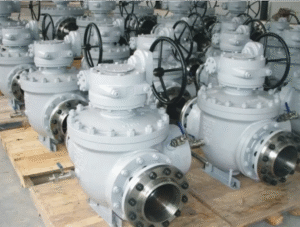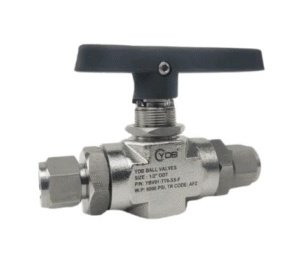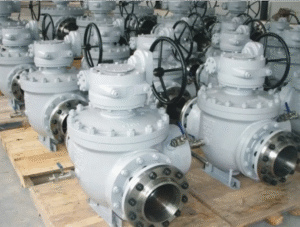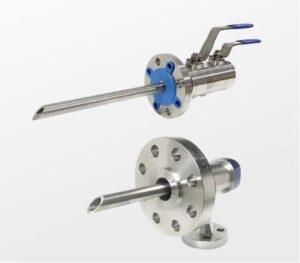Needle valves are also termed as plunger valves which are the regulating valves. These are the most demanded valves by most of the engineers in order to control and normalize the water pressure as well as the water flow. The valves help achieve precision with accurate shaft movements. This is how the gearbox shifts the piston tube in the sliding motion towards the opening and closing of the system which all depends on the requirements or orders from the control system.
Let us find out how exactly needle valves work and what are their applications.
How Does a Needle Valve Work?
Needle valves can be operated automatically or manually. In the case of manual operations, the needle valves make use of the hand-wheel in order to control the distance between the valve seat and the plunger. When the hand-wheel is moved in one direction, the plunger gets elevated so as to open the valve. This allows fluid to pass through it. On the other hand, when the hand-wheel is turned in another direction then, the plunger shifts near to the seat. This would decrease the flow rate or will also close the valve precisely.
The automated needle valves are attached to a hydraulic motor that opens and closes the valve automatically. However, it can also be connected to an air actuator that can also open and close automatically. These systems will adjust as per the plunger’s position. This is done in accordance with the timers as well as external performance data gathered while performing the machinery monitoring. In a nutshell, manually operated as well as automated needle valves offer precise control of the flow rate.
The hand-wheel is finely threaded. This implies that it will turn for various times to adjust the position of the plunger. This way, a needle valve helps you to regulate the flow rate of fluid in the system in an efficient manner.
What Are Its Uses?
Usually, needle valves are used to control flow and to protect subtle gauges from the damages. The damages can be anything like sudden pressure surges of liquids and gases and more. They have a wide usage for pressure regulation, turbine by-pass, discharge, air regulation, reservoir inlets, and pump start. However, the needle valves are very much ideal for systems that use lighter and less viscous materials. These valves have low flow rates. They are also used in low-pressure hydraulic systems, chemical processing, and other gas as well as liquid services so as to also control the flow. Another thing for which these valves can also be used is to apply to high-temperature and oxygen service as per their materials.
Talking about its production, needle valve manufacturers make use of stainless steel, metal alloys, bronze, or brass to make the needle valves. However, it is very important to choose a needle valve of such a material that is best suited for the service you need which will apparently help preserve the valve’s life. It will naturally keep your systems running smoothly and safely thus proving beneficial for its usage.





